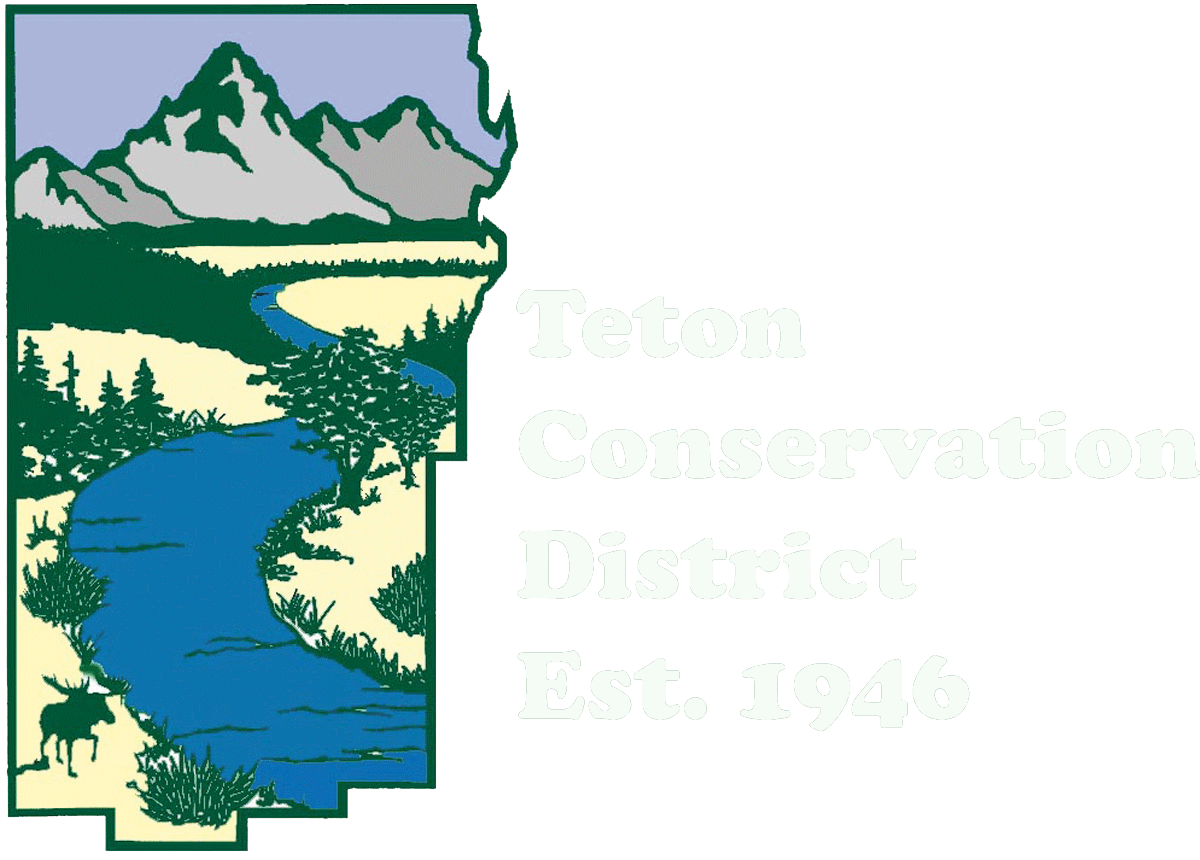Snowpack Information

Above: Snow water equivalent (SWE), the amount of liquid water contained in the snowpack, in the Snake River Headwaters Basin. This basin incorporates data from 22 SNOTEL stations stretching from Yellowstone to Togwotee Pass to the Upper Greys River.
What is SNOTEL?
Since 1980, the Natural Resources Conservation Service (NRCS), a close partner of Teton Conservation District, has operated a network of snowpack and climate sensors known as SNOTEL (short for "SNOwpack TELemetry"). These stations are equipped with sensors that calculate snow depth, snow water equivalent, temperature, and other meteorological data. SNOTEL data is essential for snowpack monitoring, water supply forecasting, resource management, and climate research.
NRCS Reports for Wyoming
Interactive SNOTEL Maps
Interested in Teton County's snowpack and water supply conditions?
Subscribe for bi-weekly email updates on Teton County's watershed conditions, covering snowpack, streamflow, soil moisture, reservoir status, and drought conditions. Emails sent every other Friday.
Avalanche Conditions
For up-to-date avalanche conditions, please visit the Bridger-Teton Avalanche Center website.
Rocky Mountain Regional Snowpack Chemistry
Teton Conservation District’s former Communications Specialist, Phoebe Coburn, taking a Snow Water Equivalent (SWE) measurement at one of the snowpack monitoring sites.
Teton Conservation District partners with the U.S. Geological Survey (USGS) to monitor snowpack chemistry in Teton County, WY annually. This regional USGS study that was started in 1993 to obtain a composite sample of the chemistry of annual precipitation at over 50 high-elevation sites throughout Montana, Wyoming, Idaho, Colorado, New Mexico, and Utah. As a whole, this project is the most expansive and comprehensive snowpack-chemical monitoring network of its kind. Teton Conservation District contributes funding and technical assistance to the five study sites in Teton County.
Through this project, long-term snowpack chemistry trends are being identified that enable estimation of background levels and identification of elevated chemical concentrations at locations where atmospheric deposition of acidic compounds is a concern. Applications of this work include identifying regional trends in chemical concentration and deposition, and monitoring sub-regional or local effects. Click here to see a map of the monitoring sites and find data from each individual site.


